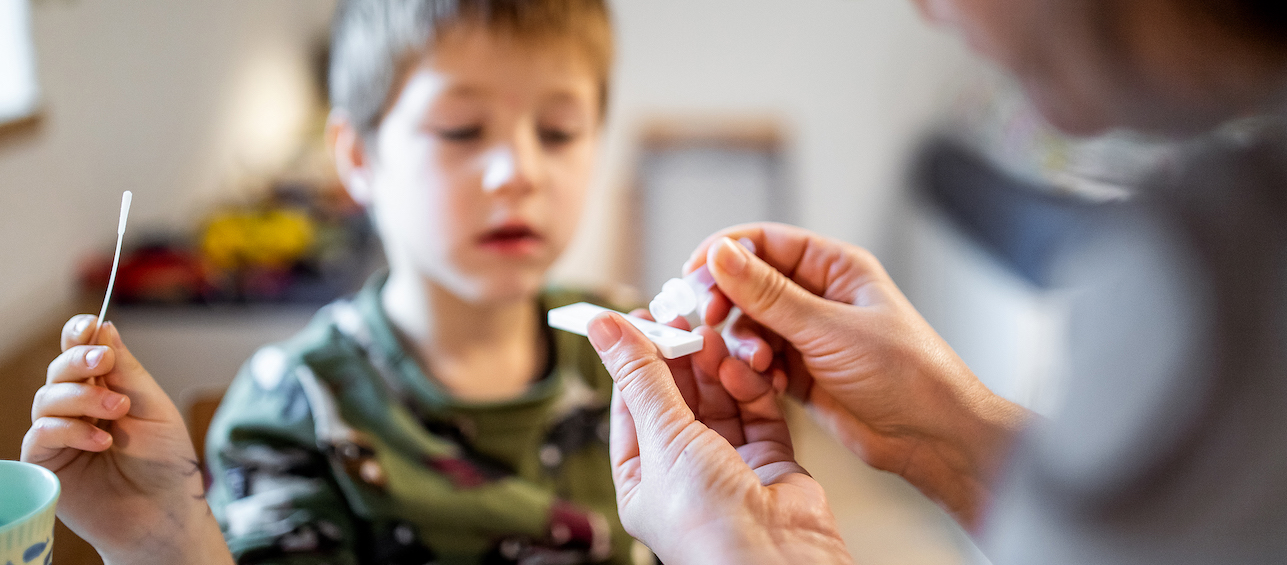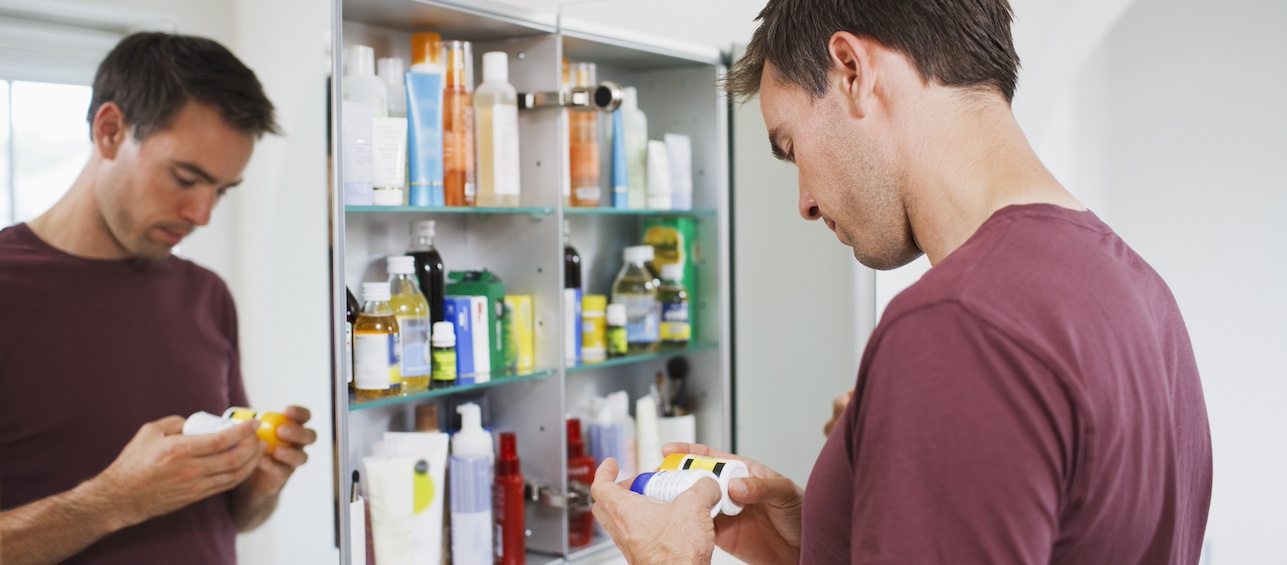As the COVID-19 pandemic continues, the U.S. government expanded efforts to increase at-home COVID testing. In January 2022 it was announced that every home is eligible to order free at-home COVID-19 test kits.
At the Cincinnati Drug and Poison Information Center, we have seen an uptick in accidental exposures to a substance in these test kits. Poison control centers nationwide have been reporting the same finding. The substance that is a concern is called the reagent liquid. It is used to trigger the chemical reaction that detects the presence of coronavirus. The ingredient of worry in this liquid is a chemical called sodium azide, which is used as a preservative in these kits.
How Accidental Exposures Are Happening
The most common calls to poison centers have been about children exploring their environment and finding the small bottle containing reagent liquid and putting it in their mouth or spilling it on themselves. In adults there have been cases of “container confusion,” with the bottle being mistaken for eye drops.
What Part of the Kit Is a Concern?
The types of test kits vary, but they generally contain a swab, testing card and an extraction vial containing the reagent liquid. When the liquid is swallowed, the sodium azide in it can cause a headache and lower the blood pressure. In large amounts it can cause seizures.
The good news is that the amount of the sodium azide in these products is small. These products are a perfect example of “the dose makes the poison.” In most cases so far, children have just had a taste of the liquid and they have done OK. But the weight of the person and the amount of liquid ingested make a difference in how severe a reaction they may experience.
How to Prevent Accidental Exposures
To prevent accidental poisonings from the COVID-19 home test kits, poison control centers recommend the following tips:
- Store the kit “up and away,” out of the sight and reach of children and pets.
- Leave the kit sealed until needed and throw it away immediately after use.
- Make sure to read and follow the instructions on the package before using.
At our Cincinnati Drug and Poison Information Center we are always here to answer any questions you have if someone becomes exposed to the test kit liquid. Call us 24/7 at 1-800-222-1222 and we can help.






Thank you for such an informative content regarding the covid-19 home test kit.